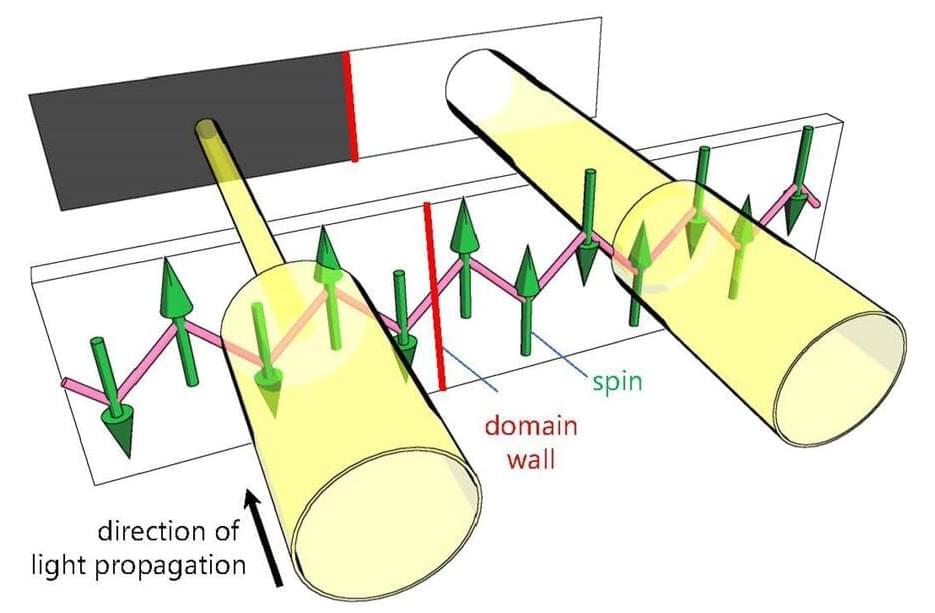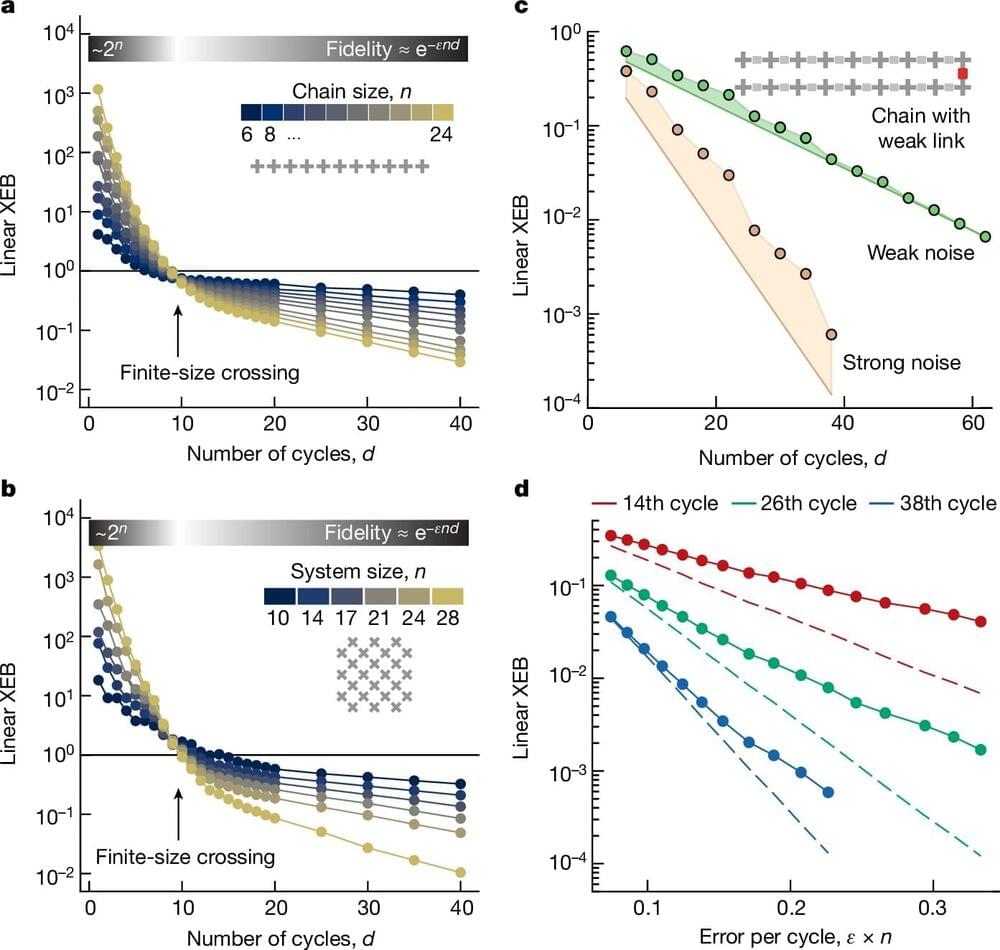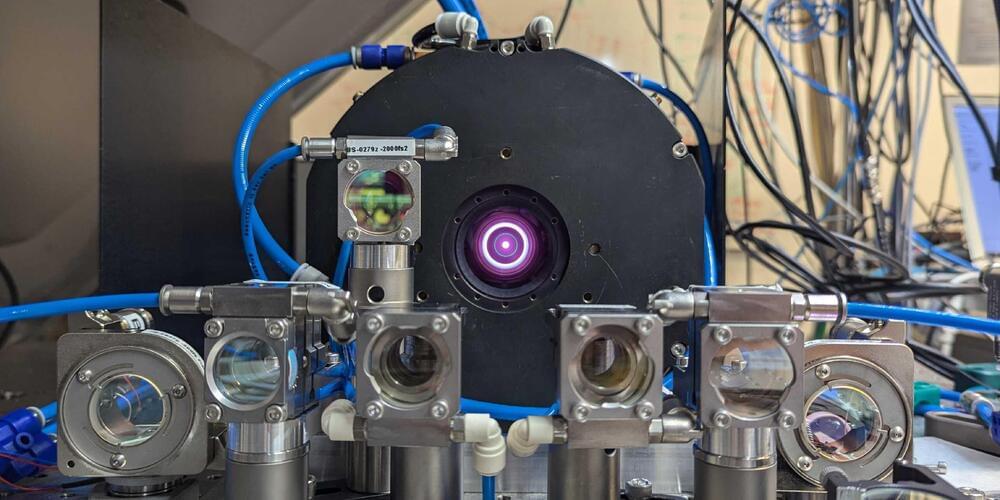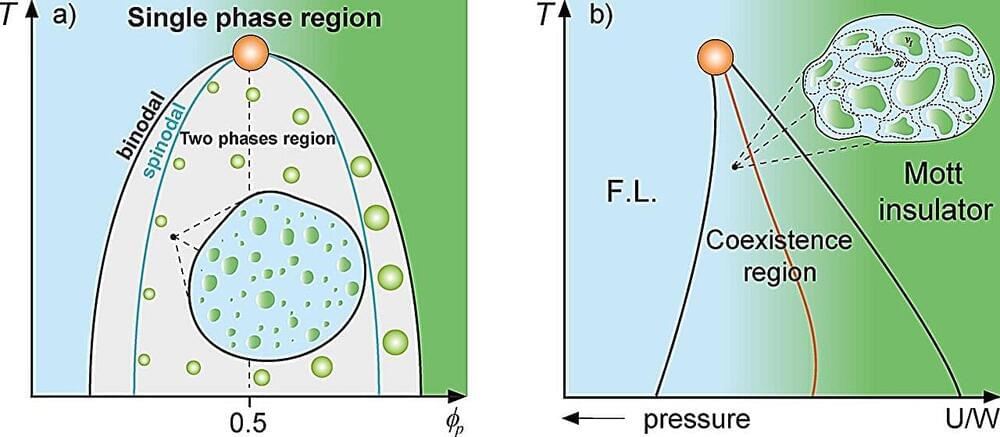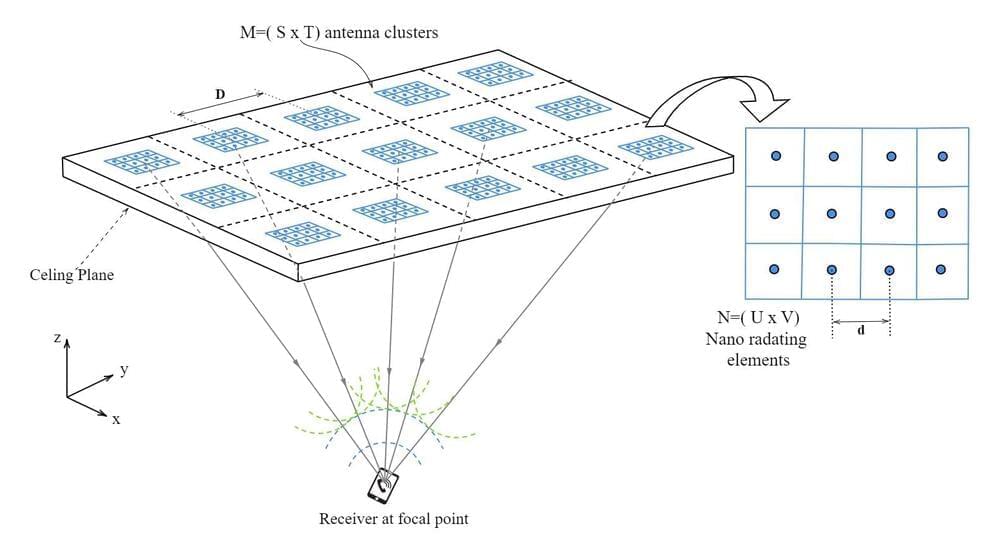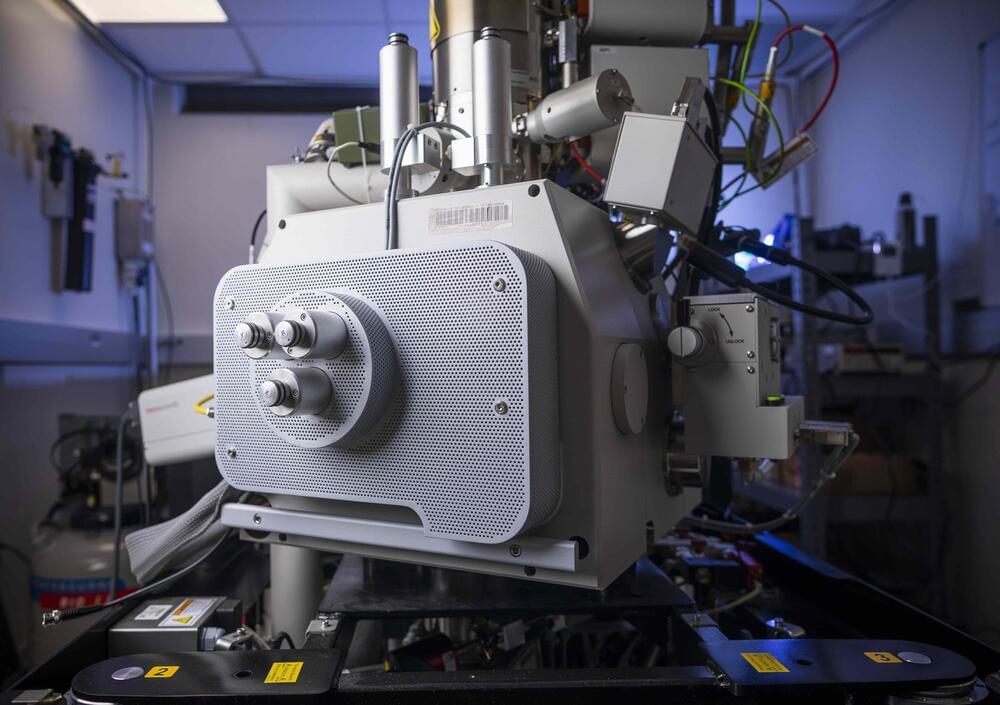When something draws us in like a magnet, we take a closer look. When magnets draw in physicists, they take a quantum look. Scientists from Osaka Metropolitan University and the University of Tokyo have successfully used light to visualize tiny magnetic regions, known as magnetic domains, in a specialized quantum material. Their study was published in Physical Review Letters.
